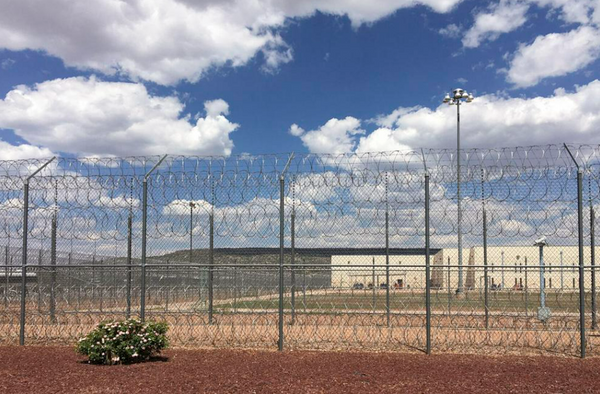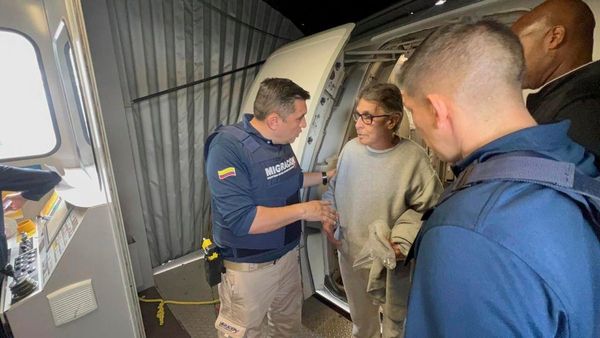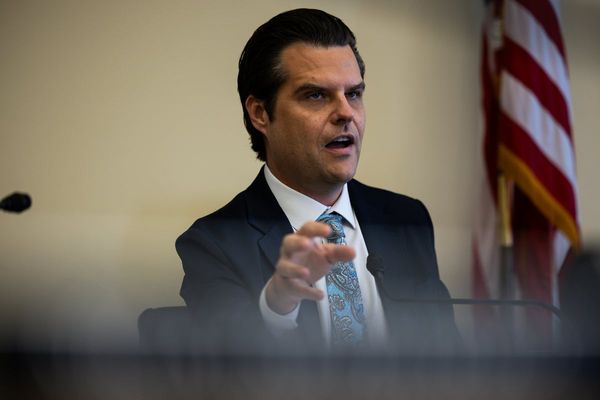
When it comes to elections, the hottest place for real estate is online.
Australian political parties are competing to register web domains that they use to direct voters towards information about themselves and their opponents. While social media and search engines have rendered domains less important, they’re still a hot commodity for parties hoping to register certain terms.
Earlier this week, it was revealed that the Liberal Party had registered albanese.com.au and directed it towards their own party website.
It didn’t take long for Australia’s web domain industry body .au Domain Administration (auDA) to cancel the registration as the domain did not match the registrant’s details (i.e. the Liberal Party had no legitimate reason to claim albanese.com.au as its own).
It was an uncommon move by auDA. There’s a long tradition of political parties cybersquatting on their opponent’s names and very rarely does auDA step in.
Realistically speaking, not owning yourname.com.au is more of a minor frustration than a real electoral obstacle. When asked about albanese.com.au, Anthony Albanese himself pointed out that it’s unlikely to dupe any voters: “As if someone who is searching for my website is going to go, ‘Oh, it is the same as the Liberal Party website’.”
Albanese also said the registration of albanese.com.au was a “test of integrity for Scott Morrison and the Liberal Party”. It’s not clear if he knows that his own party is the owner of domains including NSWLiberals.com.au and MatthewGuy.net.au.
In fact, Australia’s two major political parties have registered hundreds of domains, ranging from the obvious to the obscure. Both of them own endless variations of their own names, such as the LNP’s libn.at. They also register the names of their politicians, candidates and branches, where voters may go to find out more information about them.
Parties also proactively buy negative domains to stop their opponents from registering them. The Liberal National Party has registered domains including lnpfails.com.au, putlnplast.org.au and lnpcuts.org.au.
One of the major uses of web domains is to create standalone campaigns. Some are for specific issues like laborsbetterfuture.com.au. Others are for more niche stunts like getagoodjobthatpaysgoodmoneyinjoehockeysoffice.org, a Labor reference to former Treasurer Joe Hockey’s gaffe of telling first-home buyers to “get a good job”.
These domains might offer hints about future campaign slogans. After an election defeat in 2020, the Liberal National Party in Queensland registered towards2024.online — a reference to the next state election in 2024 and a slogan used by deputy leader David Janetzki.
Parties even use them to run sneaky campaigns that may not be obviously associated with them, like South Australia Labor’s ChangeSA.org.au, which was accused of imitating petition platform change.org.
Political party’s domain registrations offer hints about the plans and messages of political parties. That’s why Crikey is revealing what they own.
Understanding Crikey’s Australian Political Party Domain Register
Crikey is publishing a list of web domains that have been registered using the names of Australia’s major political parties.
One of the key protocols on the internet is the WHOIS protocol, which provides information about a domain, including who registered it, where to send internet traffic for that domain, and when the details were last modified.
Anyone can perform a WHOIS search on any website for free (here’s Crikey). This is like using a flashlight in a dark room: you can point it at one thing at a time to see it.
There are other commercial tools that allow people to search a full WHOIS database. This is like a light switch that illuminates the entire room so you can scan it for whatever you’re looking for.
Using one of these tools, Crikey has found 1156 domains that have listed their registrants with names including “Liberal National Party”, “Liberal Party of Australia” or the “Australian Labor Party”.
A few notes about limitations of the data. WHOIS data relies on people volunteering their information while registering a domain, information that isn’t verified. This means that it’s open to potential manipulation by someone either listing false details or not including any at all.
Additionally, Crikey’s list of domains relies on the use of the three search terms listed above. This means that even correctly registered domains that include typos (alp.org.au is registered to the “Australian Labour [sic] Party”) or registered to alternate bodies (domperrottet.com.au is registered to “Bunori Pty Ltd”, a NSW Liberal Party-associated business) would not be included.
Many of these domains do not link to active websites. This may be because the website is no longer running in the case of old campaigns or because they’ve yet to be set up, if they ever will be at all.
With these limitations in mind, Crikey’s Australian Political Party Domain Register shows the cyber real estate that the two major parties snapped up.
Click here to see Crikey’s Australian Political Party Domain Register.







